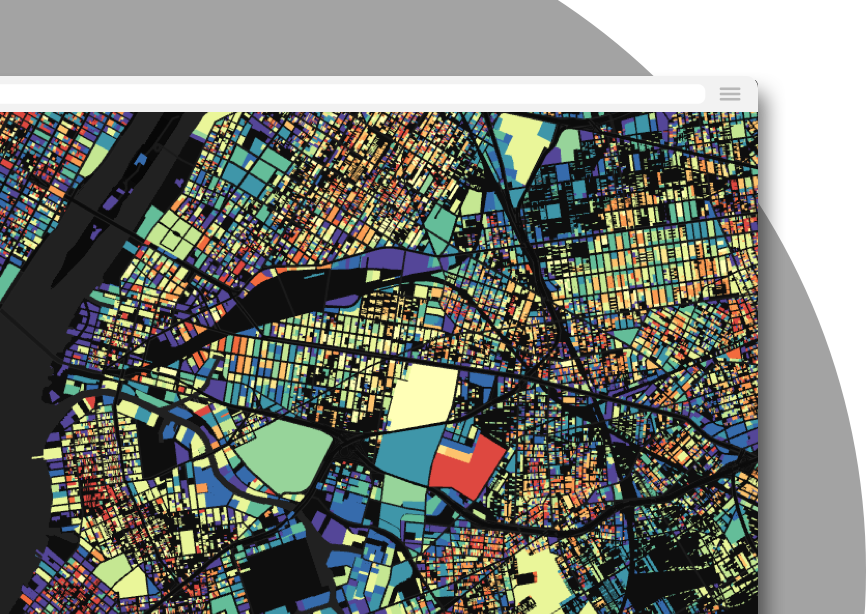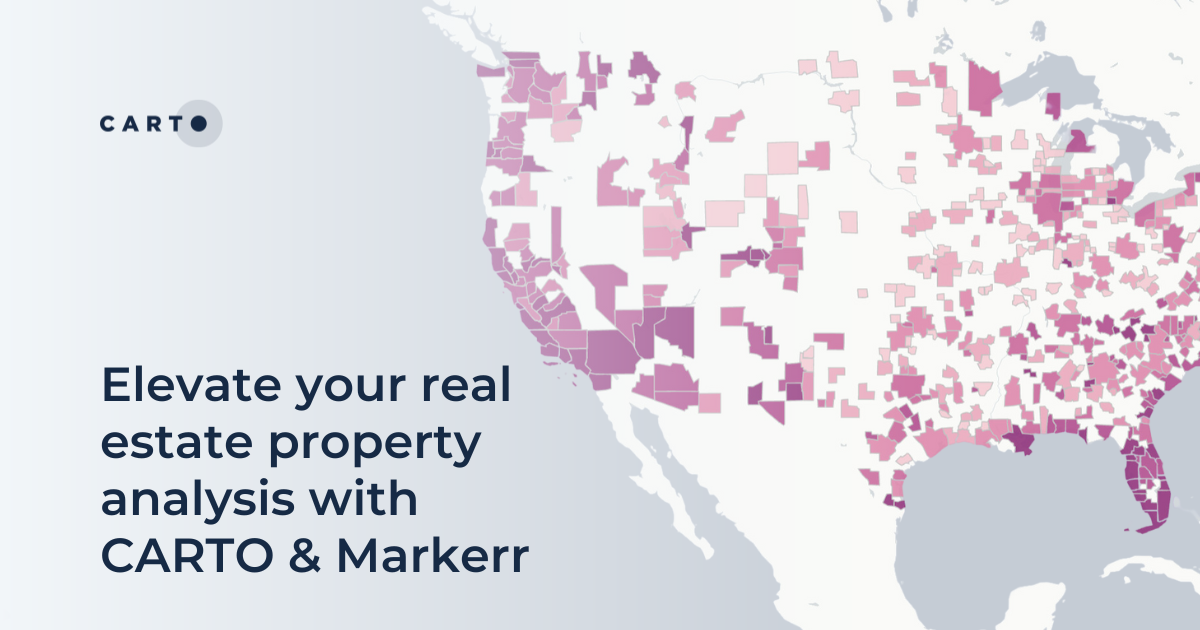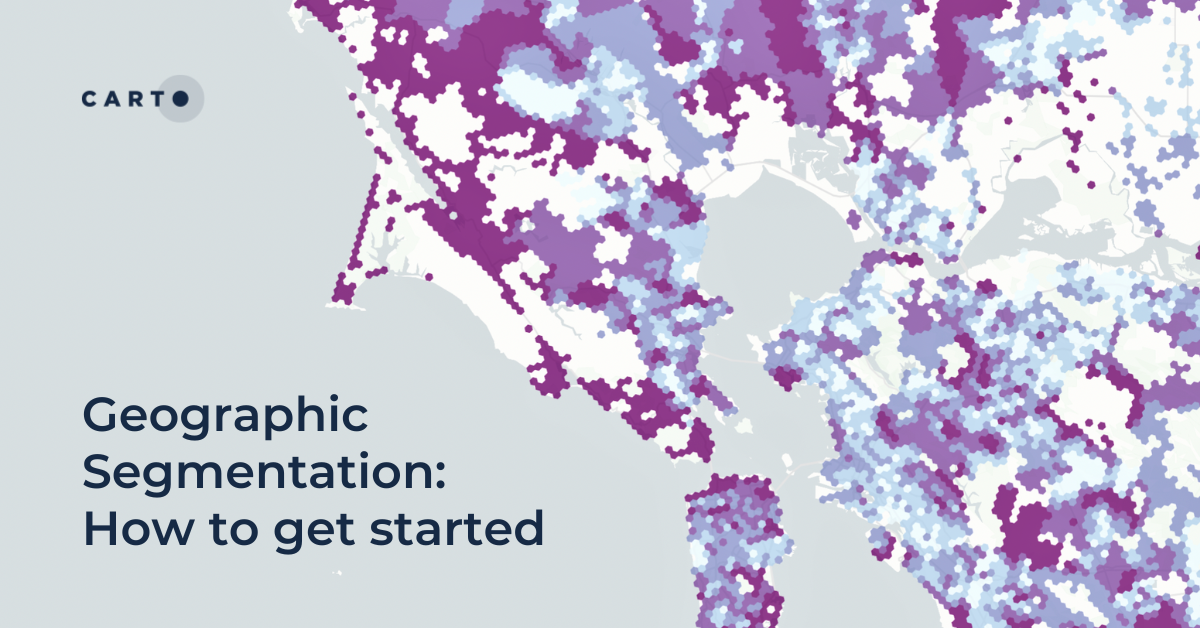BT Active Intelligence Location Insights Now Available with CARTO
.png)
Today, we're excited to announce that BT Active Intelligence location insights are now available via the CARTO Data Observatory. Users can now subscribe to this hyper-local human mobility data through our fully cloud-native Spatial Data Catalog, no ETL needed! This integration represents a significant advancement in the field of Location Intelligence and offers businesses unprecedented access to granular footfall data.
Explore this data - which displays total average daily footfall across Greater London - in action below (open in full screen here).
Mobile Network Data (MND) has historically been cell-based, requiring complex modelling to derive actionable insights. After investment in their network, BT has implemented a new geolocation platform. This new technology has provided a step-change in our mobile network data quality – more granular than traditional MND, providing 9x more signal event data points than traditional MND. BT’s mobility insights are derived from Geolocated Mobile Network Data (GeoMND).
GeoMND uses additional signal types, including passive signals, to boost data density and geolocate network events. This approach allows for a 'bottom-up' model of population mobility.
GeoMND distinguishes between stationary ("dwells") and non-stationary ("pings") behaviour using space and time clustering algorithms. These algorithms provide an accurate picture of how people move and behave, offering valuable insights to businesses across various industries, including:
- For insurance companies: Footfall data can assist insurance companies in assessing location-based risk profiles by analyzing patterns of human activity, helping them determine insurance premiums more accurately. Insurers can also optimize their marketing strategies and target potential customers more effectively, leading to improved customer acquisition and retention rates.
- For retailers: Insights into visitor trends by analysing footfall volumes, dwell time and visit frequency to make informed location planning decisions. Identify where people shop by analysing movement behaviours, demographics, and home/ work locations.
- For property developers: By understanding where people are coming from and going to, developers and real estate professionals can make informed decisions about where to build new housing developments or commercial properties. Understanding where tourists are coming from and going to allows hospitality and real estate investors to plan where to build new hotels, holiday rentals, shopping and attractions.
You can now find the BT Location Insights data available to subscribe to via our Data Observatory. Remember, with CARTO, accessing 3rd party data in your data warehouse is an entirely cloud-native process - no file exchange or ETL needed!
This dataset contains information about footfall across a 0.015km² resolution grid. In addition to total average daily footfall, users can also access average footfall across the following variables:
- Footfall type: domestic and international; worker and resident.
- Time period: weekend and weekday; morning peak, evening peak, interpeak and night.
- Demographics: footfall by age group and gender.
Explore some of these variables in the map below, which depicts total footfall as well as the most prevalent gender and age groups in the Brighton & Hove area of the UK (open in full screen here).
This dataset is available as a H3 grid. H3 is a type of Spatial Index; geospatial data in which location is encoded through a short ID field, rather than a long geometry string. This makes for a super lightweight dataset - ideal for deriving hyper-local insights at scale! You can learn more about the power of Spatial Indexes in our FREE ebook!
All of BT's outputs are aggregated and anonymised and do not contain personal data. BT process this data in accordance with PECR and GDPR guidelines.
BT Location Insights harness the power of footfall data, enabling businesses to optimize their strategies and enhance operational efficiency. Let’s explore how!
Ready to get started with extracting insights from BT’s human mobility data? First, you’ll need a CARTO account (if you don’t have one - you can sign up for a FREE 14-day trial here).
To subscribe to the data, in the CARTO Workspace locate the dataset of interest in the Data Observatory and select “Request Subscription” - a member of the CARTO team will be in touch to discuss your requirements. You can also access a free sample of the dataset directly.
One example of a great use case for this data for understanding the differences in the spatial distribution of workers and residents. This information is useful across a wide variety of industries, such as for insurers looking to build granular risk profiles and target their service offering and marketing resources. Similarly, retail and real estate planners would benefit from using this data to predict changing demands from customers by time of day and demographic. However, this type of analysis has typically been limited by conventional data sources such as the census, which is both spatially and temporally granular, making it difficult to draw relevant conclusions. With BT’s hyper-local, monthly data - this is a problem of the past!

To conduct this analysis, we’ve built this short - but powerful - workflow. Workflows are CARTO’s no-code solution for building multi-step analysis processes in a way that is shareable, replicable - and straightforward! Learn more about the benefits of no and low code spatial analysis here.

This workflow is comprised of the following key steps:
- We first filter the data to the Greater London area, with a buffer to reduce “edge effects” of our analysis. You can subscribe to UK boundary data from our Spatial Data Catalog, just like you did with the Location Insights data.
- Next, we calculate the difference between the footfall of the number of workers and residents in each H3 cell using a Create Column component. A Getis Ord component is used to calculate hotspots in our data so we can see where there are statistically significant clusters of high differences between workers and residents. Learn more about the power of hotspot analysis and how to compute these here.
- Finally, we filter the results of this to only features which have a P value of <= 0.05, so we can have a 95% confidence level that what we’re looking at are in fact statistically significant clusters.
As this data is based on the H3 Spatial Index, the only stage of this analysis which employs geometries is the ST Buffer. After that, all of the subsequent steps are string-based operations, meaning that this entire workflow can be executed in just 46 seconds - not bad for 12 million input features!
Now let’s check out the results!
Using CARTO Builder’s split screen mode, we can see the difference between the raw difference between worker and resident footfall (left) and the same data converted to hotspots (right) (explore in full screen here). Turquoise areas are where worker footfall is higher - unsurprisingly in Central London, but also more local industry hubs and business parks - even individual hospitals can be seen, such as St. Helier hospital in Sutton. Conversely, pink indicates higher resident footfall, while grey areas are where the difference between the two is very low such as around more local high streets where people tend to live and work.
While the raw data is excellent for pinpointing individual data points and outliers, the hotspots better communicate spatial trends - both being helpful in telling the overall story of your analysis.
In conclusion, the availability of BT Active Intelligence Location Insights in CARTO marks a significant step forward in location intelligence. Businesses now have access to unprecedented levels of detail about their customers' behaviour, enabling them to make more informed decisions and ultimately drive success.
Want to get started? Request a demo with one of our experts today!















